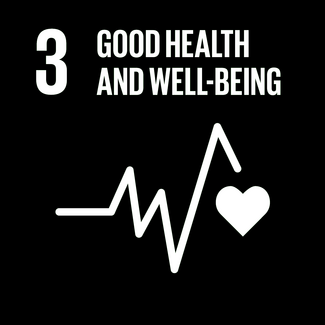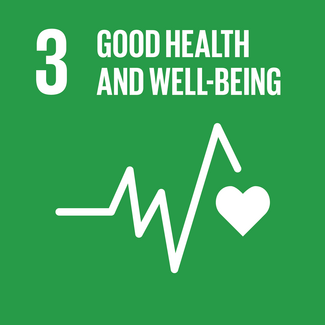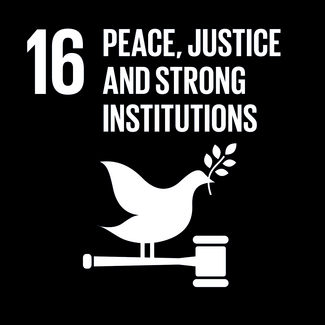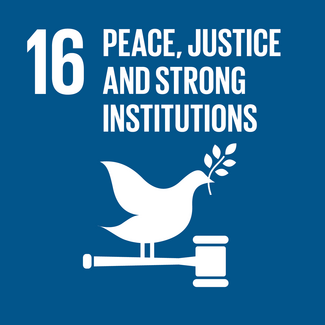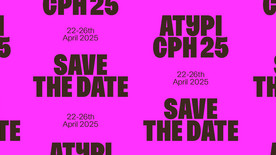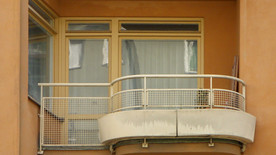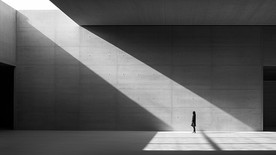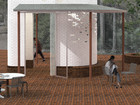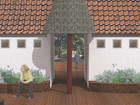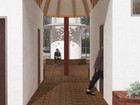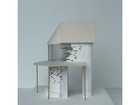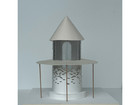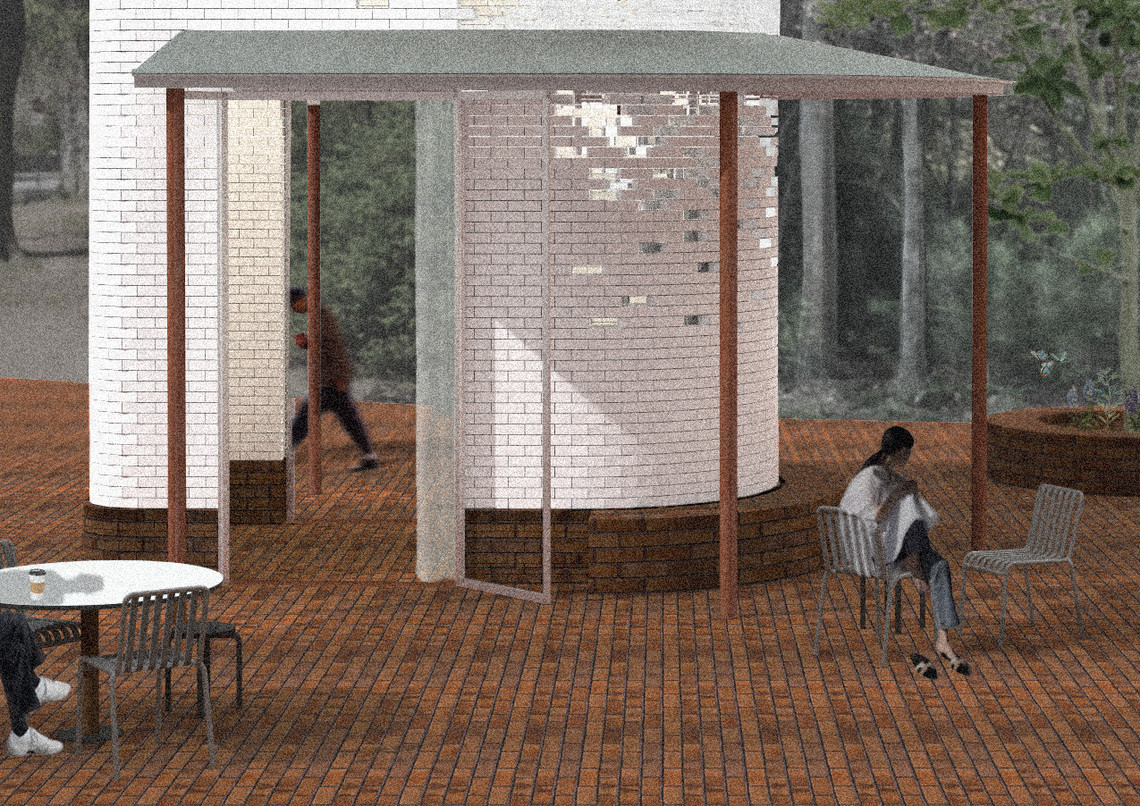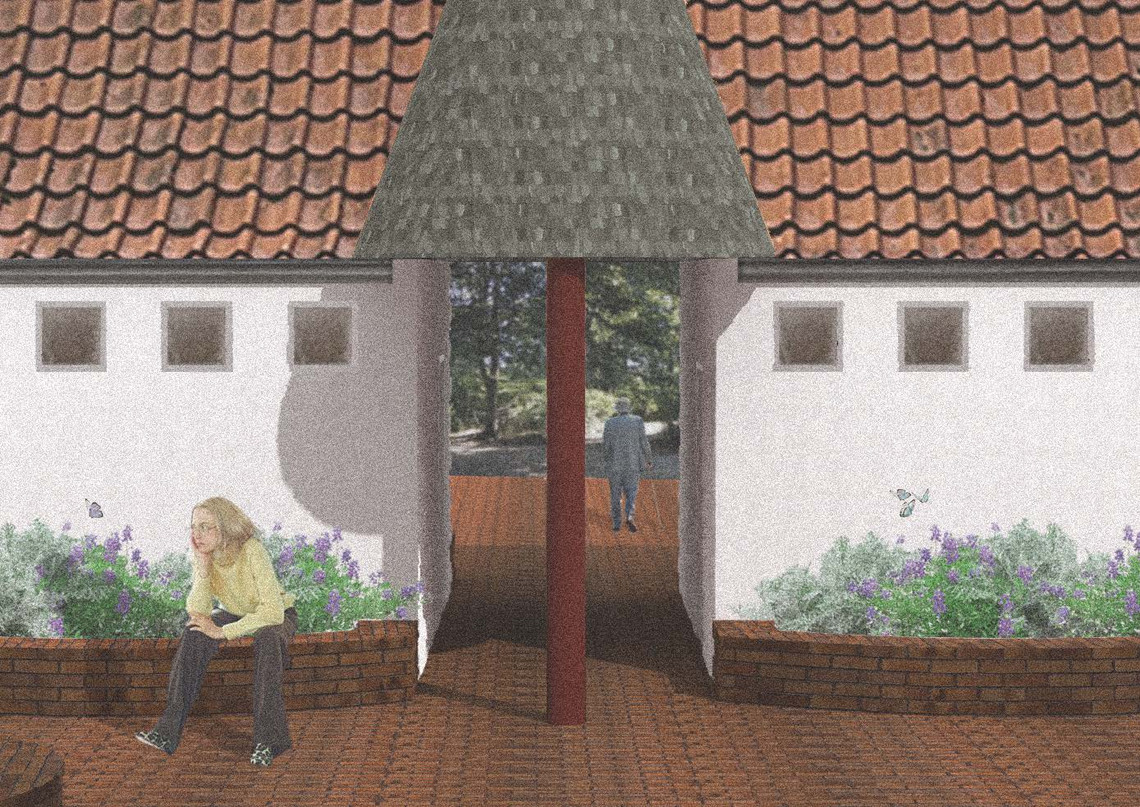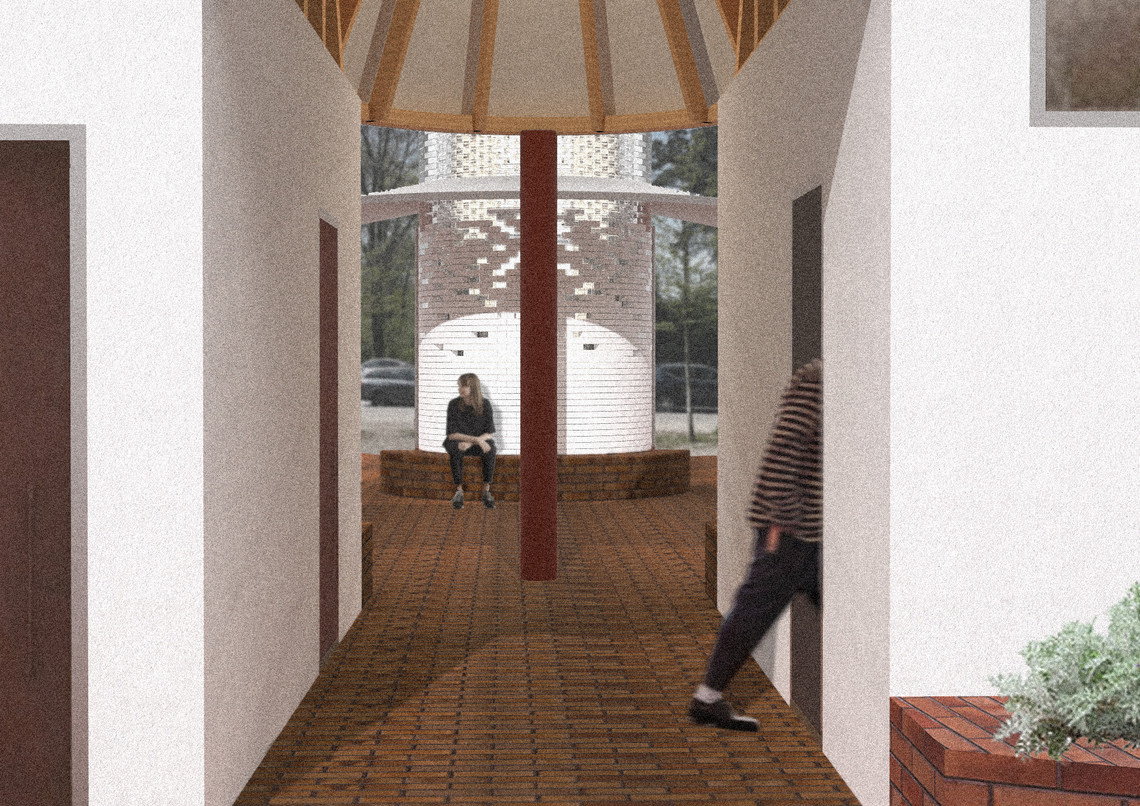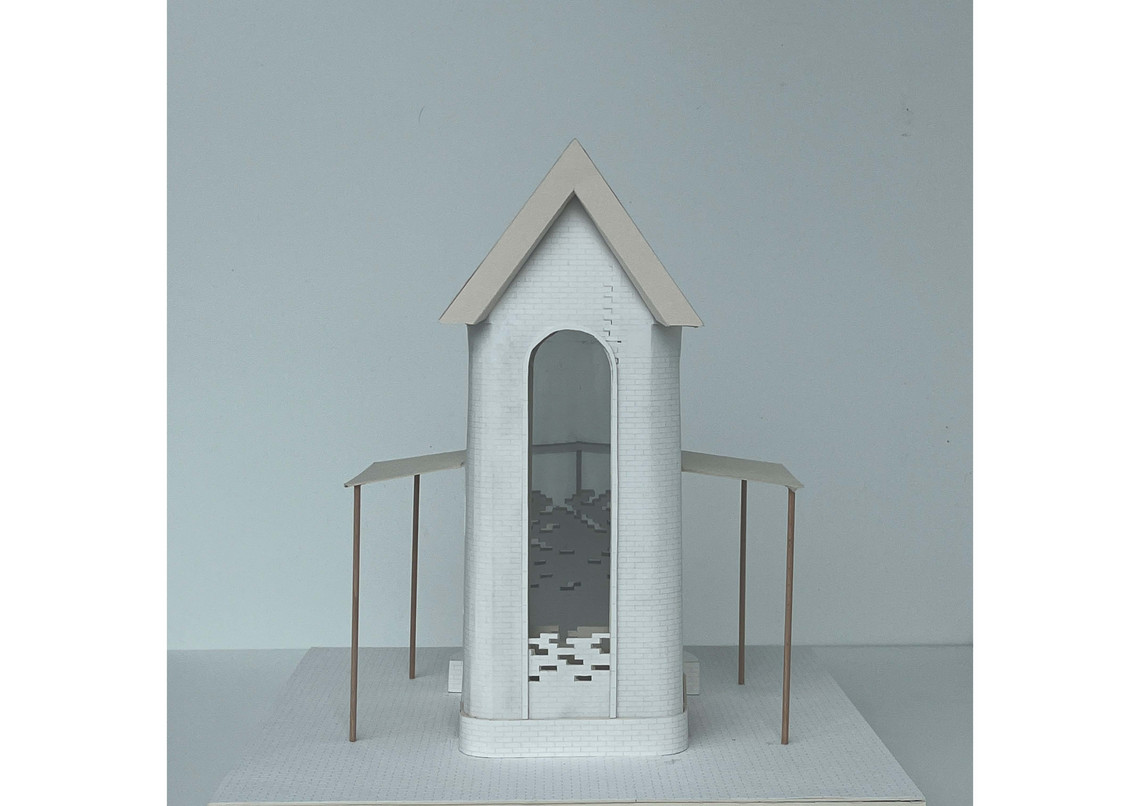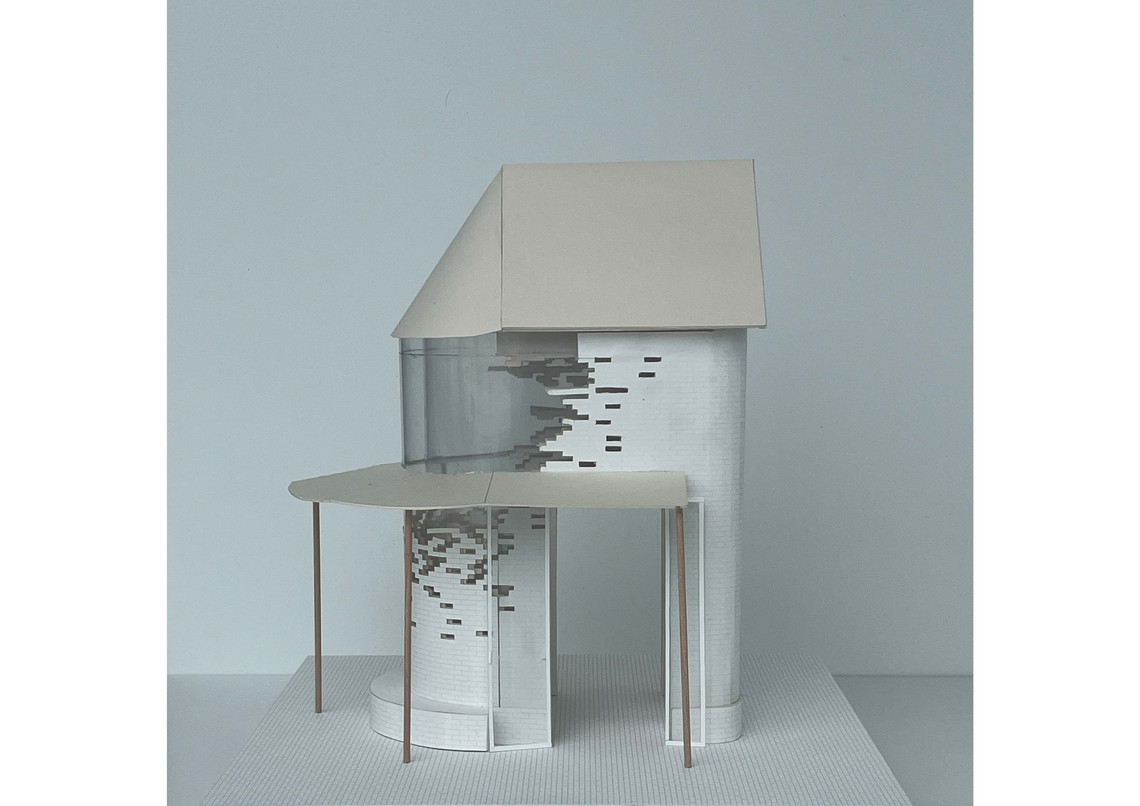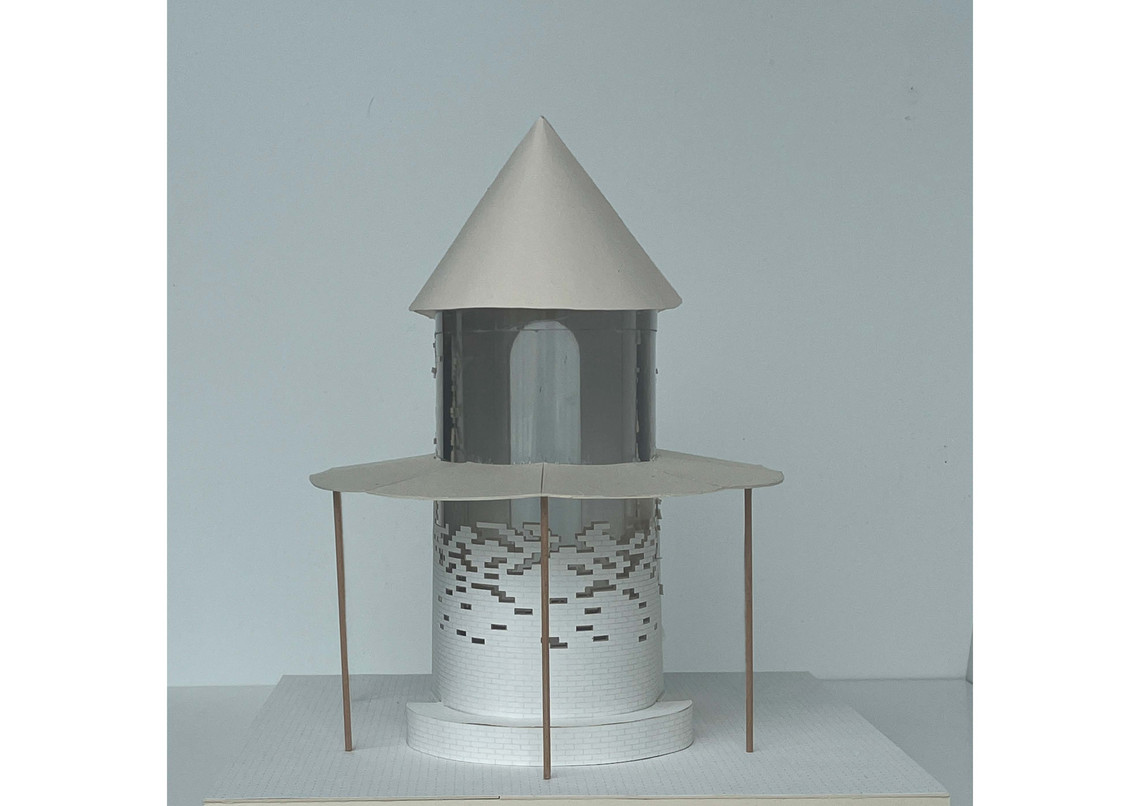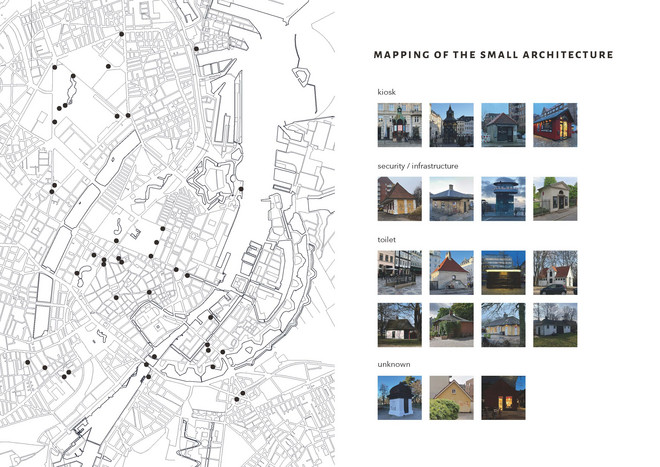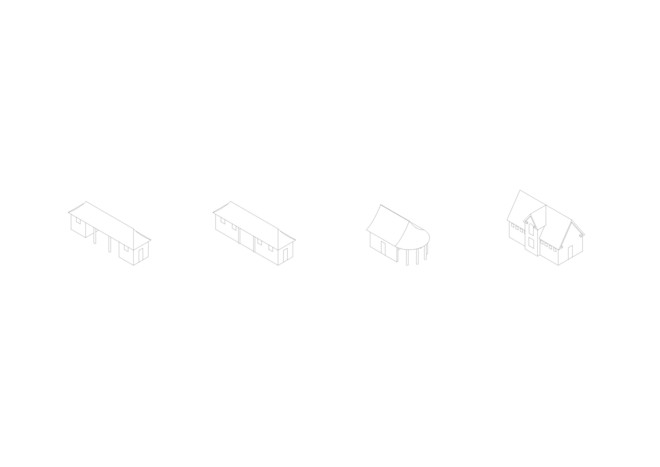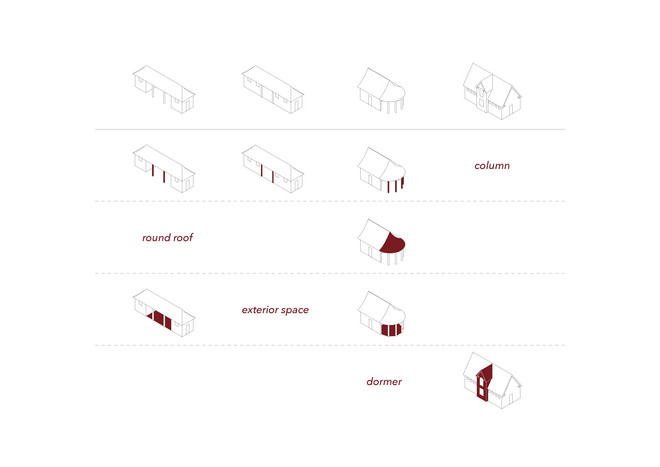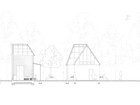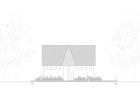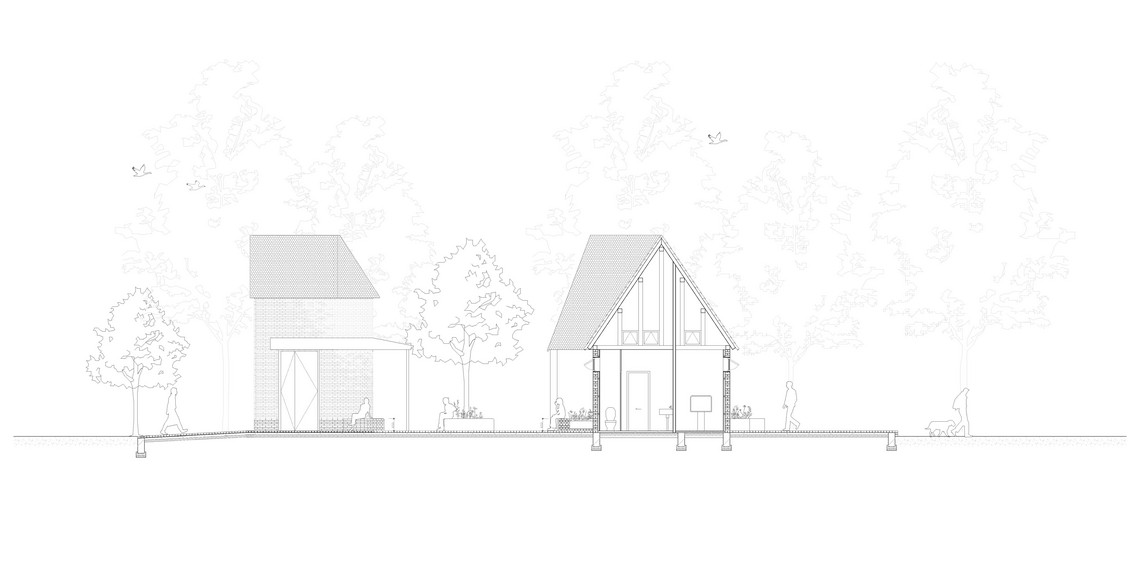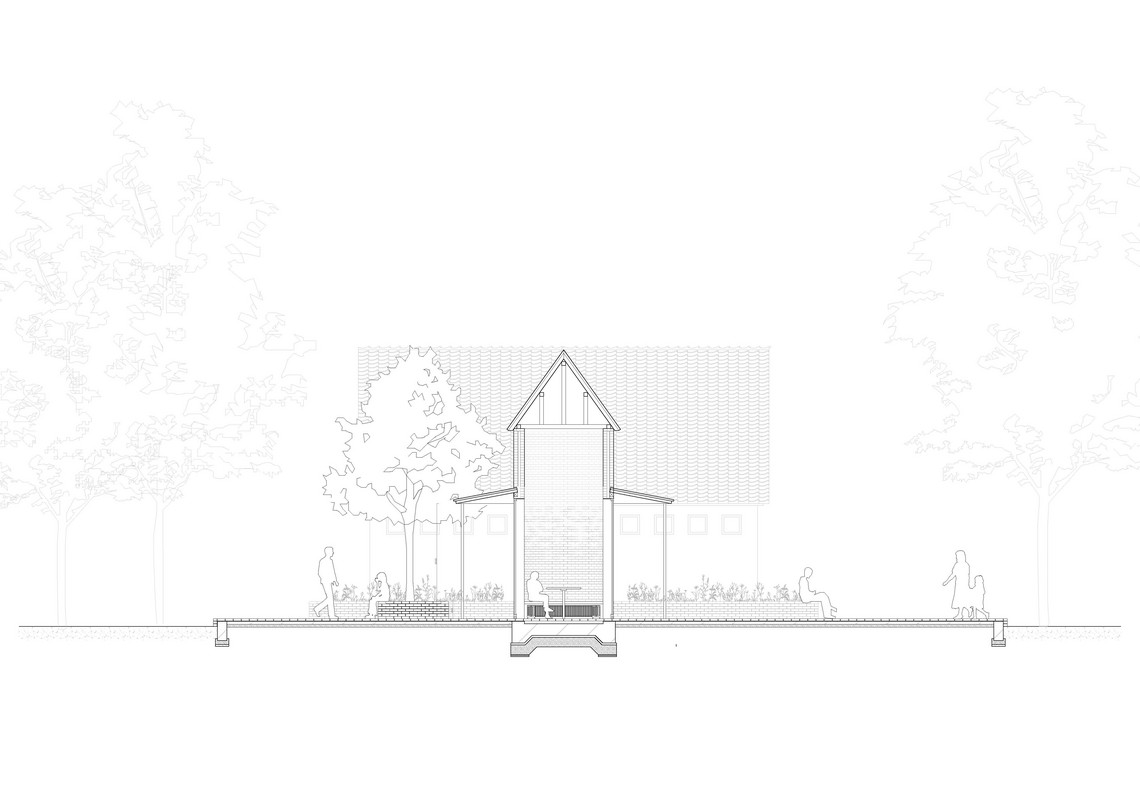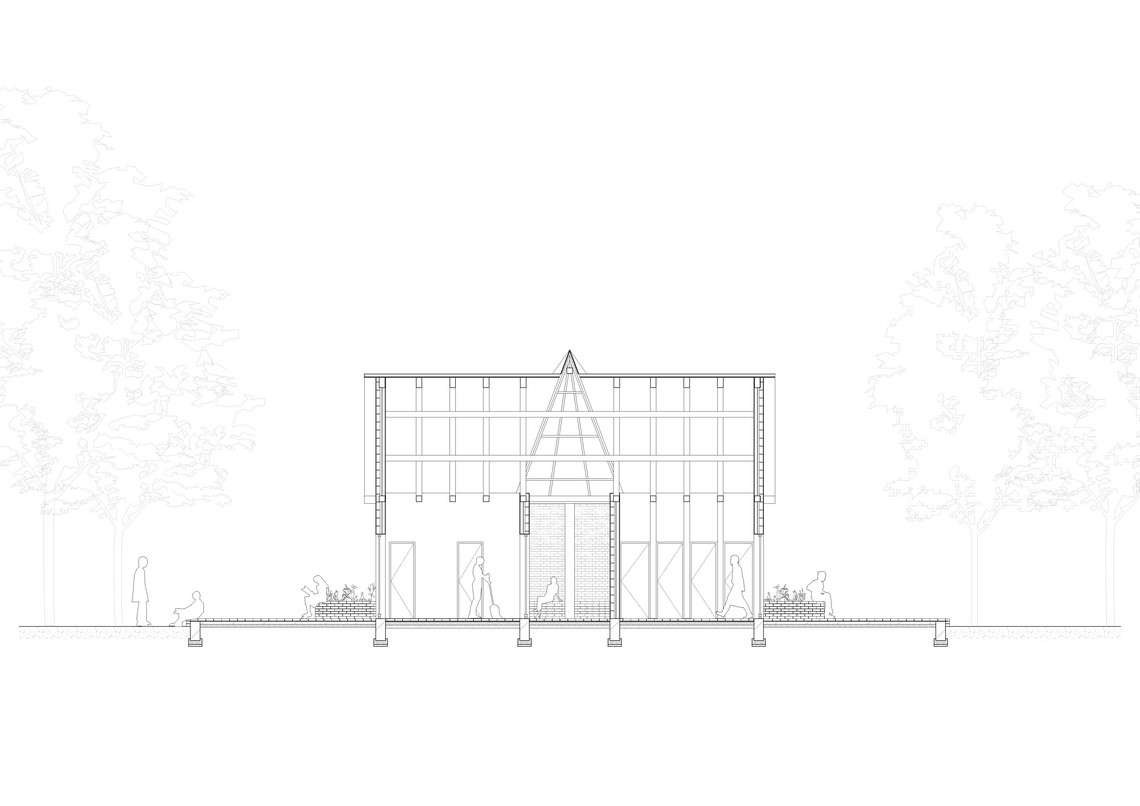
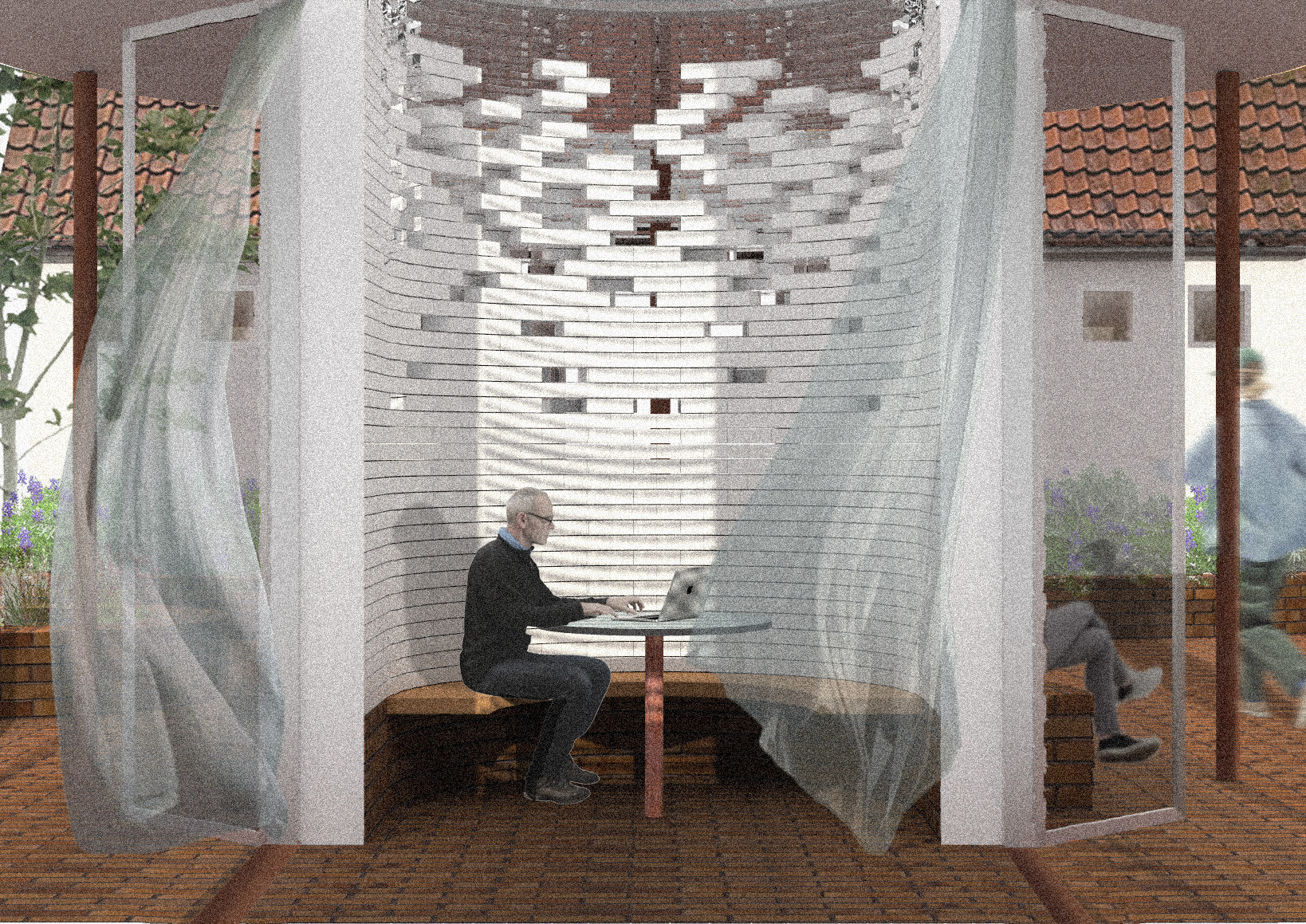
Pet Architecture in Copenhagen
My project aims to reactivate historical small architecture in order to reappropriate those into current situation giving them new meanings, and purposes.
Inspired by ‘PET ARCHITECTURE’ by Atelier Bow-Wow, this project focuses on small buildings in the city of Copenhagen. I have worked with the small public toilets as pet architecture in Copenhagen and proposed the idea in order to reappreciate them.
The motivation for this project stems from a curiosity about small architecture in the city. The city of Copenhagen is dotted with old, small buildings. These buildings, which were built in a minimal size according to the function, sometimes have new functions, however, often have been forgotten by people because of their triviality and left largely unchanged even after their former context has faded away.
Through this project, I investigated how historical architecture monument can be reappropriated into current context, and what influence and potential small architecture have in a large urban city.
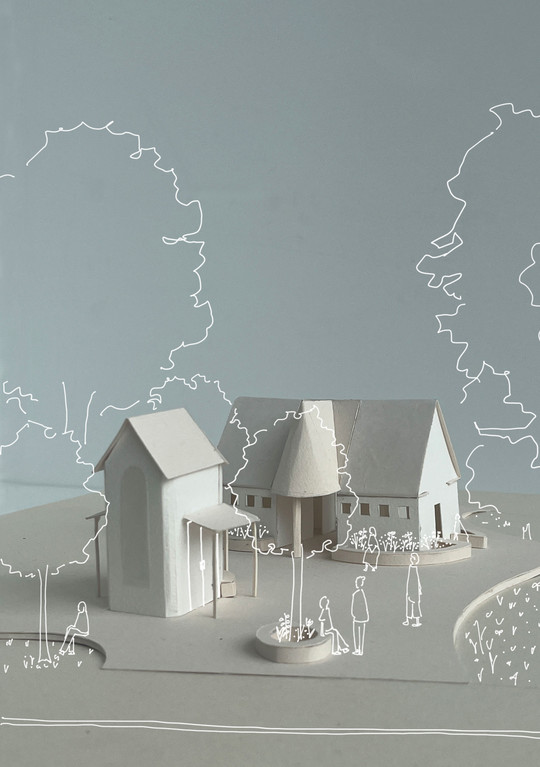

Pet Architecture
Pet Architecture Guidebook, by aterier BowWow is a collection and analysis of small buildings found in Tokyo. They name these small buildings "pet architecture," noting the unique beauty and charm that their small size creates. The name "pet" is derived from the relationship between humans and their pets, such as dogs and cats, in reference to the presence of small architecture in relation to the larger architecture in the city. In this book, they describe pet architecture in Tokyo as witnesses to urban change, reporting on the conditions of particular places, such as gaps created by urban development.
In contrast to TOKYO, what qualities does pet architecture in Copenhagen have, and how does it reflect Copenhagen's culture, history, and context?
I started by selecting small architectures around us in Copenhagen.
This mapping shows the distribution of Pet architecture I have found in Copenhagen, and some selected images of them. Based on this mapping, I believe that the appeal of pet architecture in Copenhagen is the charming minimal space for a trivial function and its value as a legacy in a city with a long history.
However I realized that it is the public toilet that have existed for about 100 years without major changes in function and also the design. Public toilets are a large part of the pet architecture in Copenhagen, yet unlike other architecture, they have been neglected and not fully appreciated. Therefore I decided to focus on public toilets as Copenhagen's pet architecture.
Toilets in Fælledparken
The site for my investigation is Fælledparken. Fælledparken is a park located in Osterbro, whose site are completely open to the city. There are many public toilets in Copenhagen that are closed during the winter, and several in Fælledparken are also closed for half the year.
In particular, Edel Sauntes Alle, which runs through the center of the park, has three public toilet buildings within visual proximity of each other, but all of them are basically closed during the winter.
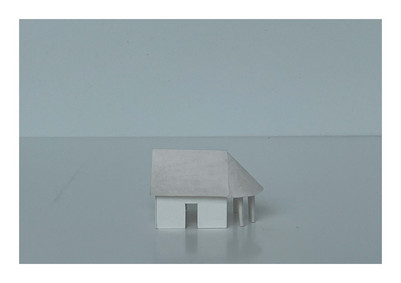
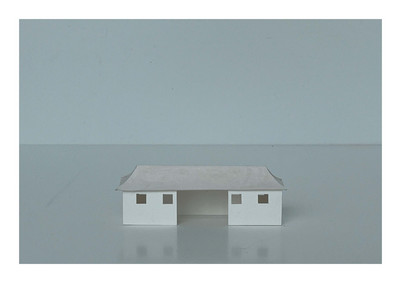
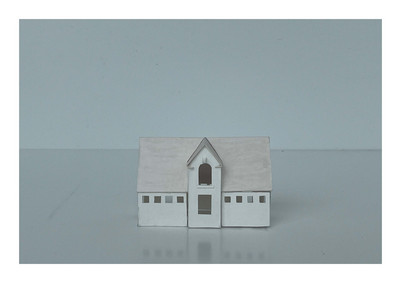
Project Framing
The project will focus on proposing a transformation of the pet architecture at Edel Sauntes Alle 18 in order to fit the current situation of the park, make the three toilets on Edel Sauntens Alle relevant and function as a year-round restrooms. This initiative not only responds to the diverse needs of toilet users, but also designs exterior spaces around them where people can hang out as part of the public space in the park. The toilet will also have an additional small architecture for care takers, acknowledging the crucial role of the maintenance staff.
site : Fælledparken
programme : inclusive toilet, care-taker’s space, public square
users : visiters of the park, passangers of the street, locals and tourists, care-taker
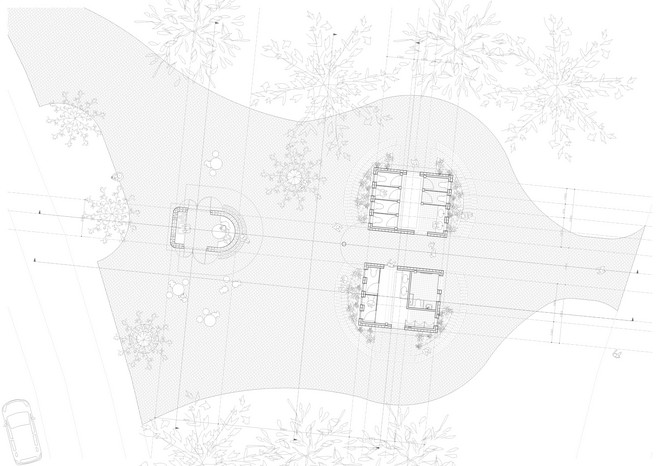
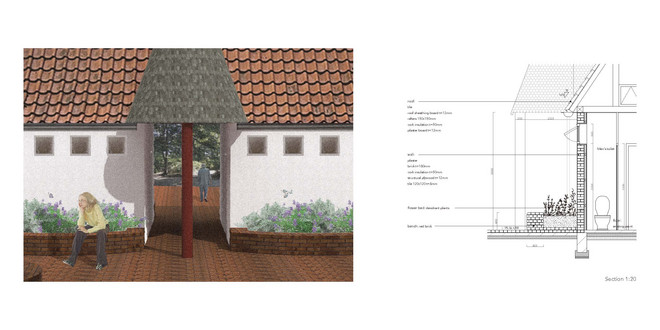
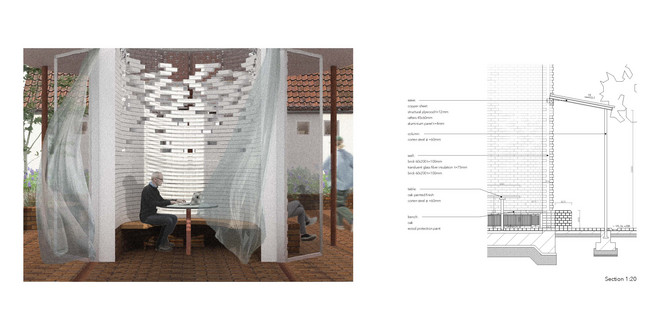

Det Kongelige Akademi understøtter FN’s verdensmål
Siden 2017 har Det Kongelige Akademi arbejdet med FN’s verdensmål. Det afspejler sig i forskning, undervisning og afgangsprojekter. Dette projekt har forholdt sig til følgende FN-mål